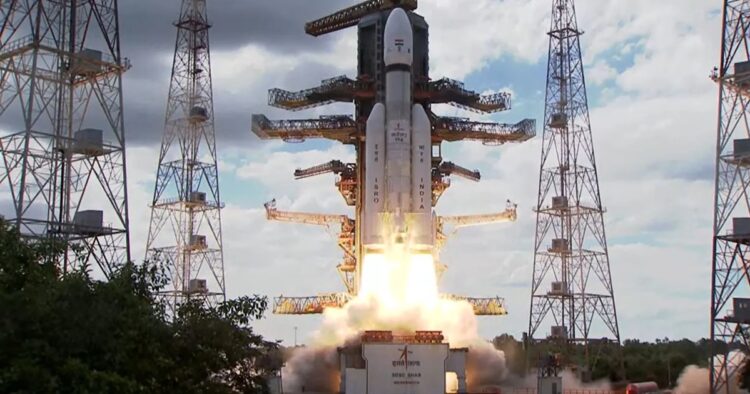In a major setback for the first private moon landing attempt in over 50 years, Astrobotic Technology, a private firm funded by NASA, encountered a critical fuel leak in its spacecraft, named Peregrine, just seven hours after liftoff from Cape Canaveral Space Force Station on Monday. The company had successfully oriented the lander towards the sun for battery charging, but the propulsion system issue now threatens its ability to soft-land on the moon as planned for February 23.
The Journey and Challenges:
United Launch Alliance’s Vulcan rocket provided the lift for Astrobotic’s lander, placing it on a roundabout path to the moon. The company’s $108 million contract with NASA aimed to make it the first private business to achieve a successful moon landing, a feat accomplished by only four countries, including India in 2023. This highlights the difficulties involved in moon landings, with controlled touchdowns being particularly challenging due to the absence of an atmosphere for parachute use.
NASA’s Lunar Initiatives:
NASA had invested millions in private companies like Astrobotic to build and fly their lunar landers. The recent setback follows the success of India’s Chandrayaan-3 mission, which achieved a soft landing near the moon’s south pole in August 2023 at a budget of $75 million. NASA’s support for private initiatives aims to diversify lunar exploration and advance technology for future missions.
Moon Landings: A History of Hits and Misses:
Moon landings have been a mix of successes and failures throughout history. The Soviet Union and the US achieved successful moon landings in the 1960s and 70s, followed by China in 2013 and India in 2023. However, private missions by Israel and Japan, along with recent attempts by the Russian space agency, have faced failures. Roughly half of all attempts at controlled touchdowns on the moon have resulted in failures.
Challenges of Soft Landings:
Soft landings on the moon require careful navigation through treacherous terrain, as there is no atmosphere to support parachute deployment. Spacecraft must rely solely on thrusters to slow descent, making successful landings a complex undertaking. India’s Chandrayaan-3 mission, for example, achieved a soft landing by gradually reducing speed to almost zero during descent.
ISRO’s Bonus Mission with Chandrayaan-3:
ISRO’s Chandrayaan-3 mission, which soft-landed on the moon in August 2023, recently saw its propulsion module moved out of lunar orbit and placed high above Earth for a bonus mission. The spacecraft, surviving on leftover fuel, remains a testament to India’s successful lunar exploration. However, ISRO has not disclosed its plans for the spacecraft once it runs out of fuel.
In conclusion, the recent setback faced by Astrobotic Technology highlights the inherent challenges and risks involved in private moon landing missions, emphasizing the importance of ongoing efforts to advance lunar exploration technology.

















Comments